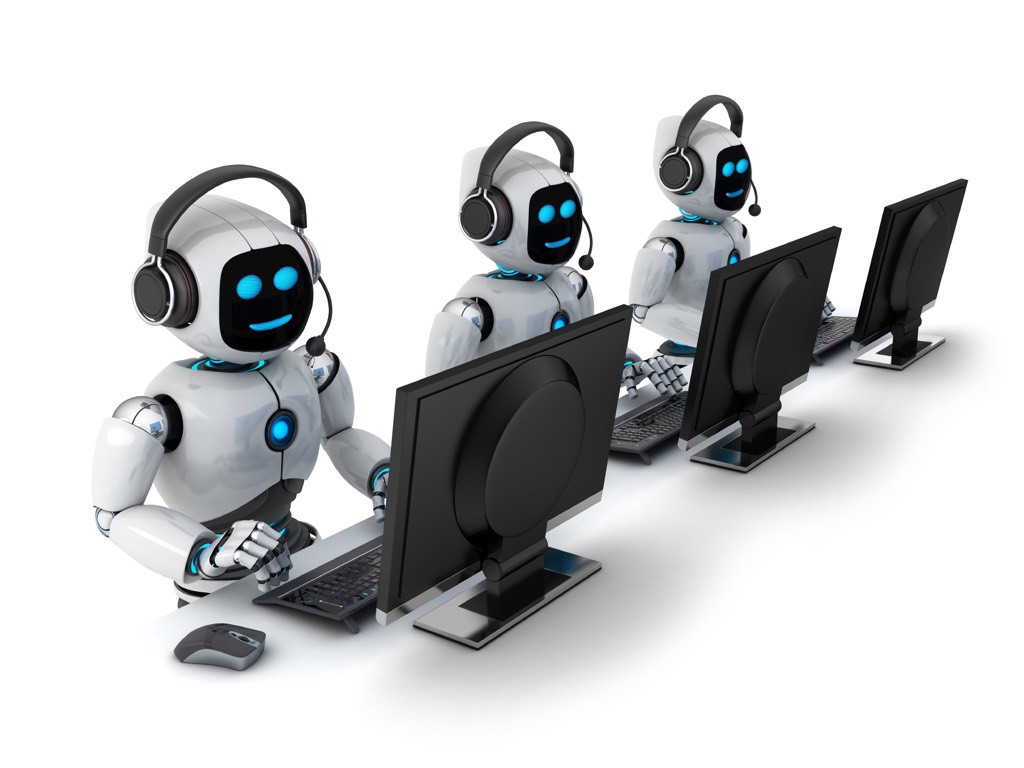The developments in the world of Artificial Intelligence (AI) gave rise to chatbots and set foot as a new way for organizations to communicate with their customers. Adopting these AI-based chatbots to respond to customer services requests should be an essential consideration in every organization.
What is a chatbot? And Why?
A chatbot is a computer software system with which you can interact with natural conversational language through messaging apps, chats, windows with text-based messages or increasingly by voice [1][2]. But, how do these chatbots engage with people? Well, there are two types of chatbots: simple and AI-powered chatbots.
Simple chatbots respond to predetermined answers to customer’s questions. These are very practical for providing quick solutions to routine questions. However, there is an increasing excitement revolve around AI chatbots, which are enabled via machine learning and natural language processing (NLP). In NLP, the bot learns the language of the customer, based on the experience and data from previous conversations given by people in the past. The bot learns to recognize what the intentions of the customers are, and which data is included in the customer’s message. Then, based on the business ruling, the bot examines what his next question should be. The bot interacts with the customer to request any missing data or opt for calling an employee for further help when necessary. These AI-driven chatbots can perform very sophisticated tasks, creating a real back-and-forth conversation between the human user and machine [3].
We have seen the abilities of these AI-powered chat agents in one of the Google’s I/O 2018 conferences revealing the Google Duplex [4], which could carry out realistic specific verbal tasks, such as making a reservation or appointment, over the phone [5].
This is huge, as organizations can program to use these AI chatbots for automating their call centers and improve upon their customer services, both online and physically on the phone.
The main reasons why organizations with call centers should adopt AI chatbots are because chatbots are available 24/7 and can give an immediate response on customer’s requests alleviating the frustrations in having to wait for the busy employees of call centers to pick up. They give very consistent answers to customer queries, even able in multiple languages and are very good at working with high volumes of requests. Automating the responses can free up human agents to deal with more complex issues with specific customer queries and requests. [6]
This increases employee satisfaction because the work of a customer service employee becomes more challenging. Yes! They make the work in customer service more satisfying and on top of that will not replace the employees working there. They help with providing a better customer experience, preventing any irritation and frustration, making sure the chatbot does not get in the way of the customer and gives up the conversation to the employee when needed, which the employee benefit from not having to answer to routine everyday questions. Chatbots also significantly reduce the lead times of conversations and increases customer satisfaction. Customers with simple questions get an immediate response, without having to wait. AI Chatbots can listen and detect the emotional content based on the language and can bring up appropriate response information by passing it to the call center’s worker screen who can give a more attentive response for customers in difficult situations. [7]
However, chatbots are still at their infancy and don’t always work right and seamlessly as hoped for, which can create even more frustration for customers. Many organizations have opted for implementing this innovative technology of chatbots without thinking, simply doing it for the sake of doing it, as chatbots were making a widespread presence due to the nature of its hype. Organizations should, however, be developing these chatbots with primary emphasis on helping the employee in the call center first, to build up their capabilities and confidence, such as increasing their satisfaction at work, before implementing one for the customers. If done with the right approach, organizations should definitely consider implementing AI chatbots in their online customer services as it brings benefits of much better and seamless customer service.
References:
[1] Shawar, B. A., & Atwell, E. S. (2005). Using corpora in machine-learning chatbot systems. International Journal of Corpus Linguistics, 10(4), 489–516. doi: 10.1075/ijcl.10.4.06sha
[2] Guzman, I., & Pathania, A. (2016). Chatbots in Customer Service. Accenture Interactive.
[3] Rouse, M. (n.d.). What is IM bot? – Definition from WhatIs.com. Retrieved from https://searchdomino.techtarget.com/definition/IM-bot
[4] Rouse, M. (n.d.). What is Google Duplex? – Definition from WhatIs.com. Retrieved from https://whatis.techtarget.com/definition/Google-Duplex
[5] You can find this in the following Youtube video https://www.youtube.com/watch?v=D5VN56jQMWM).
[6] Jepma, L. (2019). Chatbots: Beyond the Hype, Now What? Retrieved from https://www.business2community.com/tech-gadgets/chatbots-beyond-the-hype-now-what-02237191
[7] Baraniuk, C. (2018). How talking machines are taking call centre jobs. Retrieved from https://www.bbc.com/news/business-45272835

